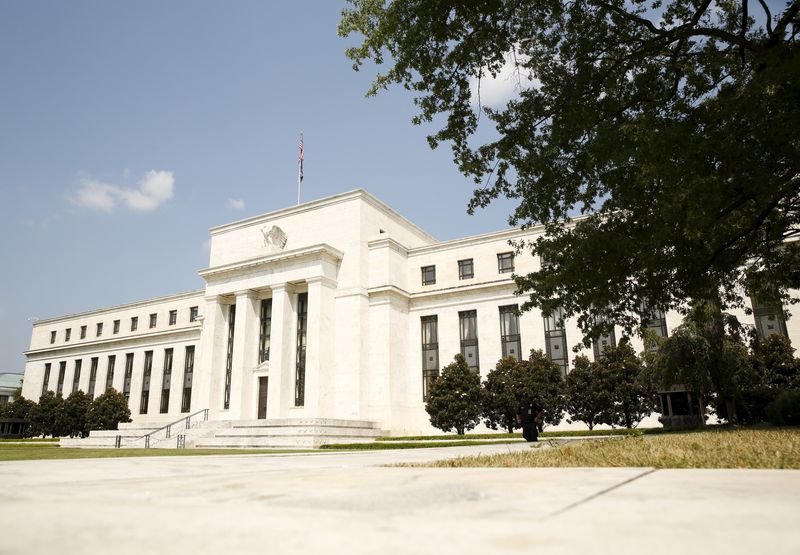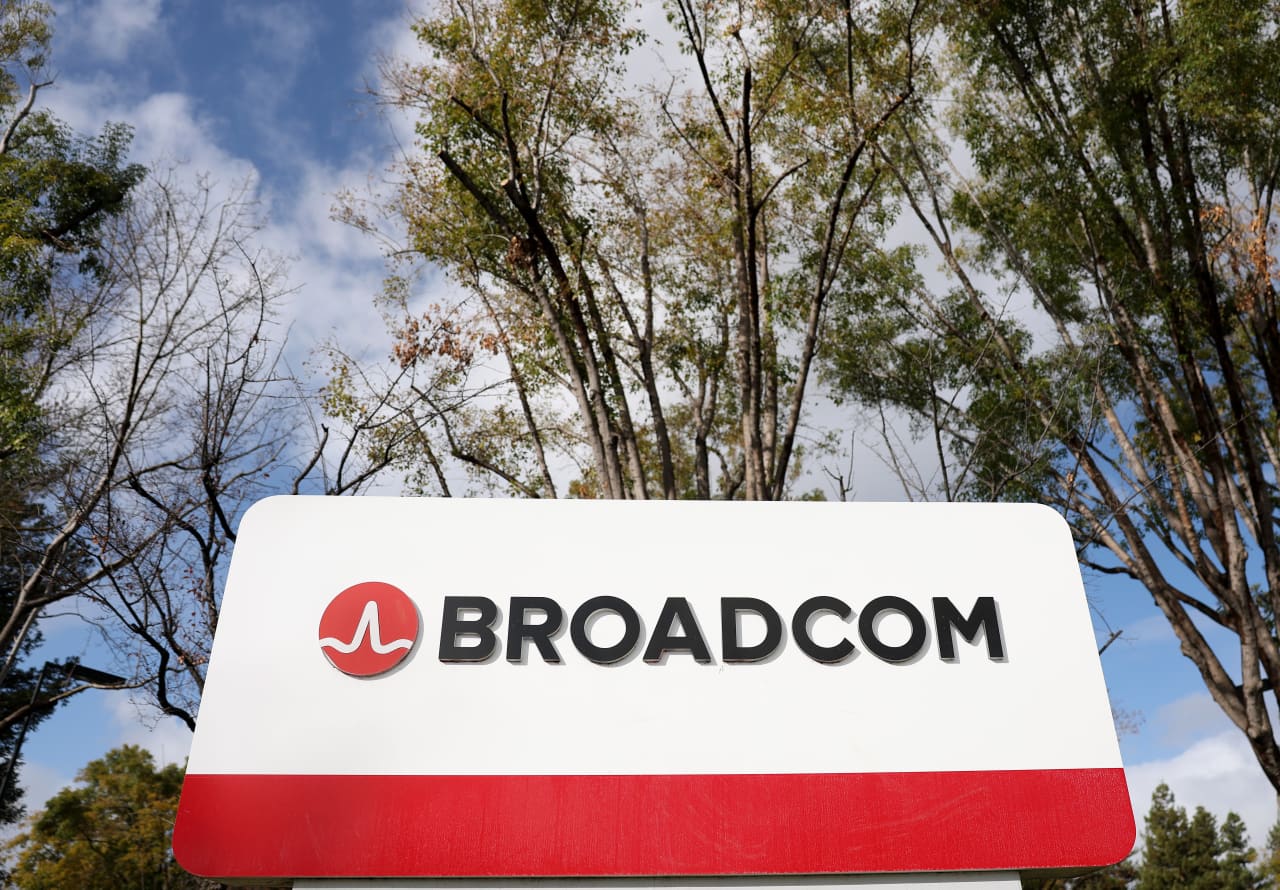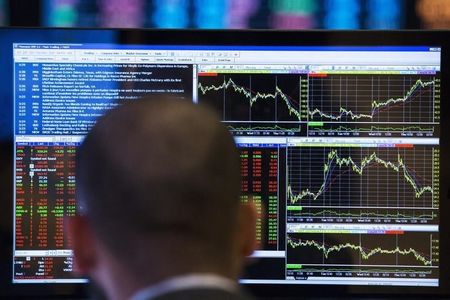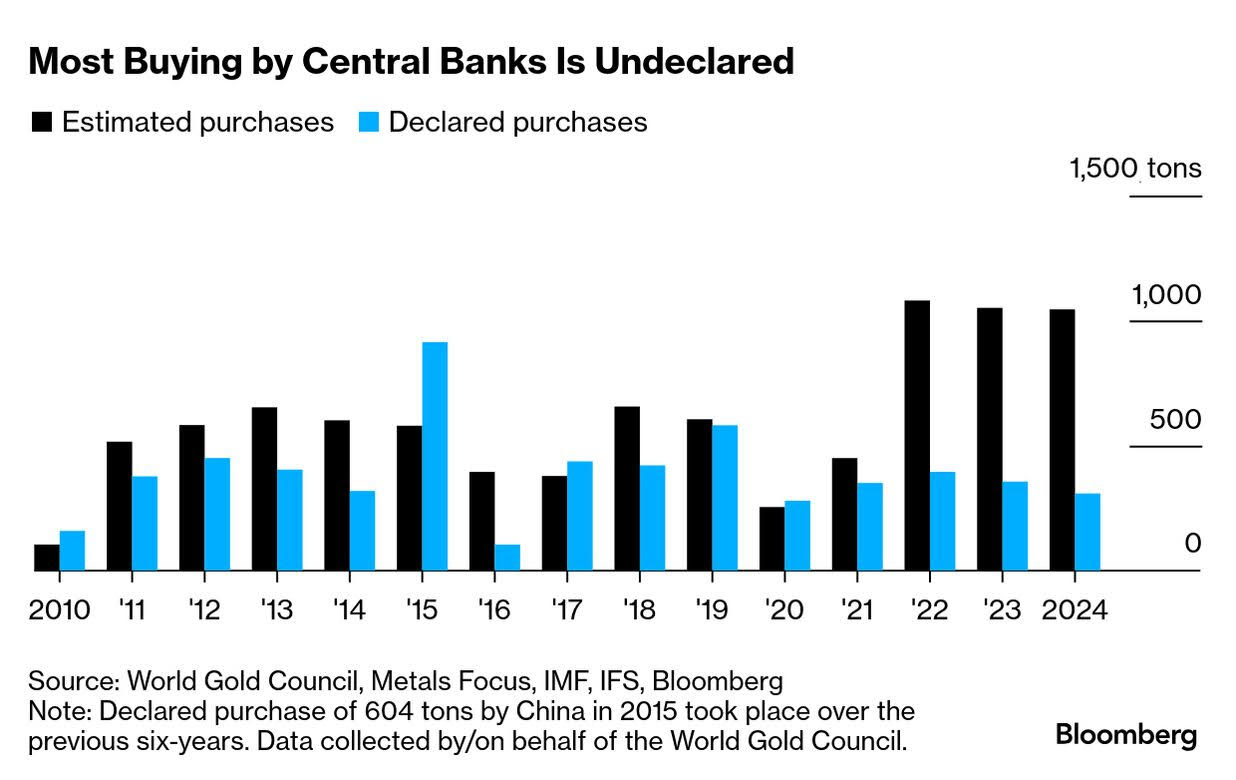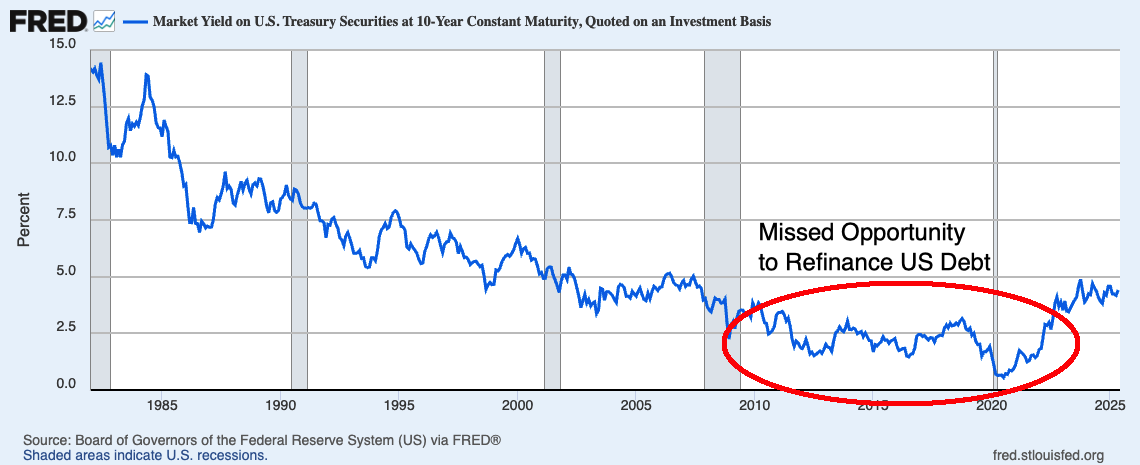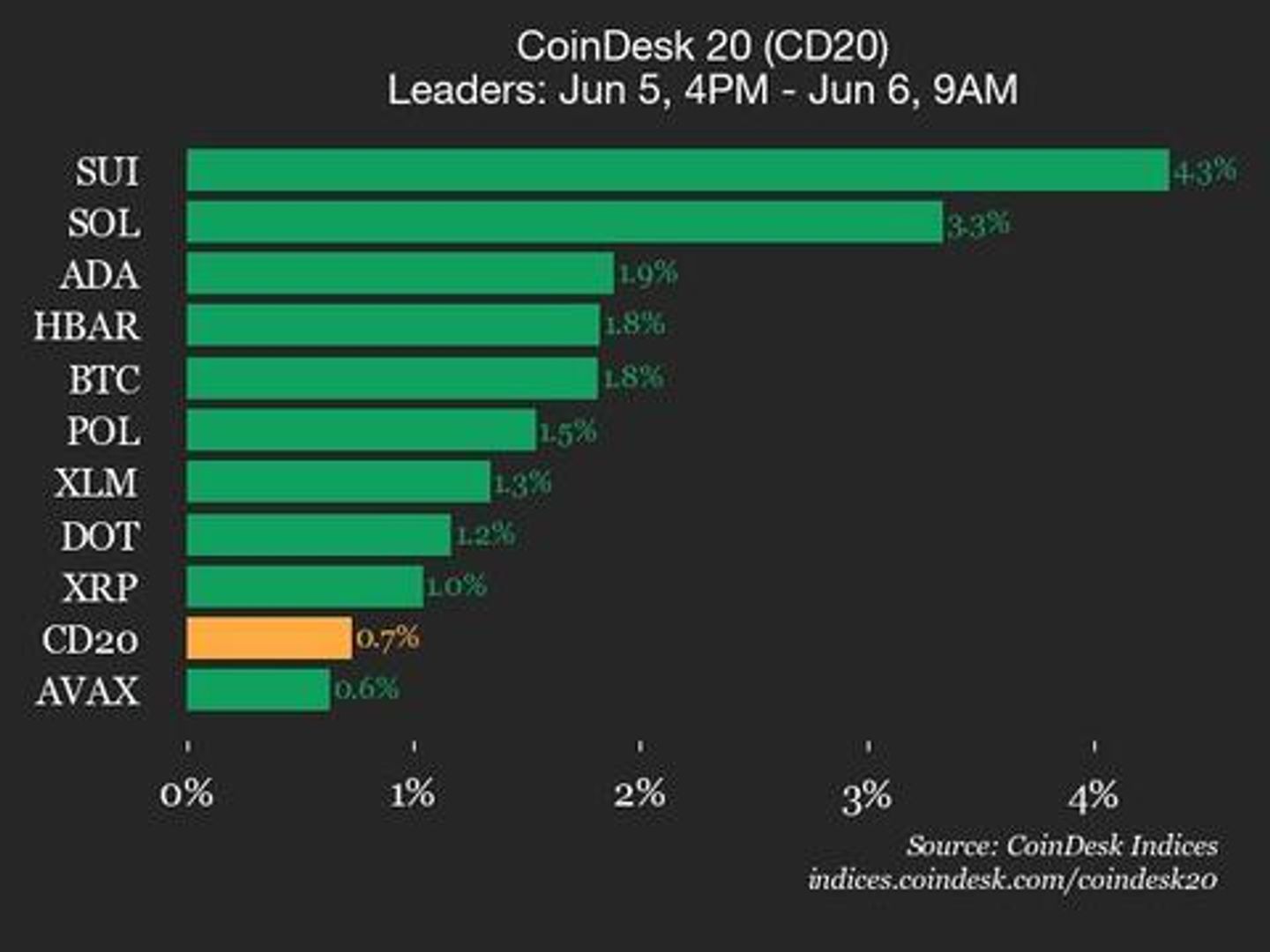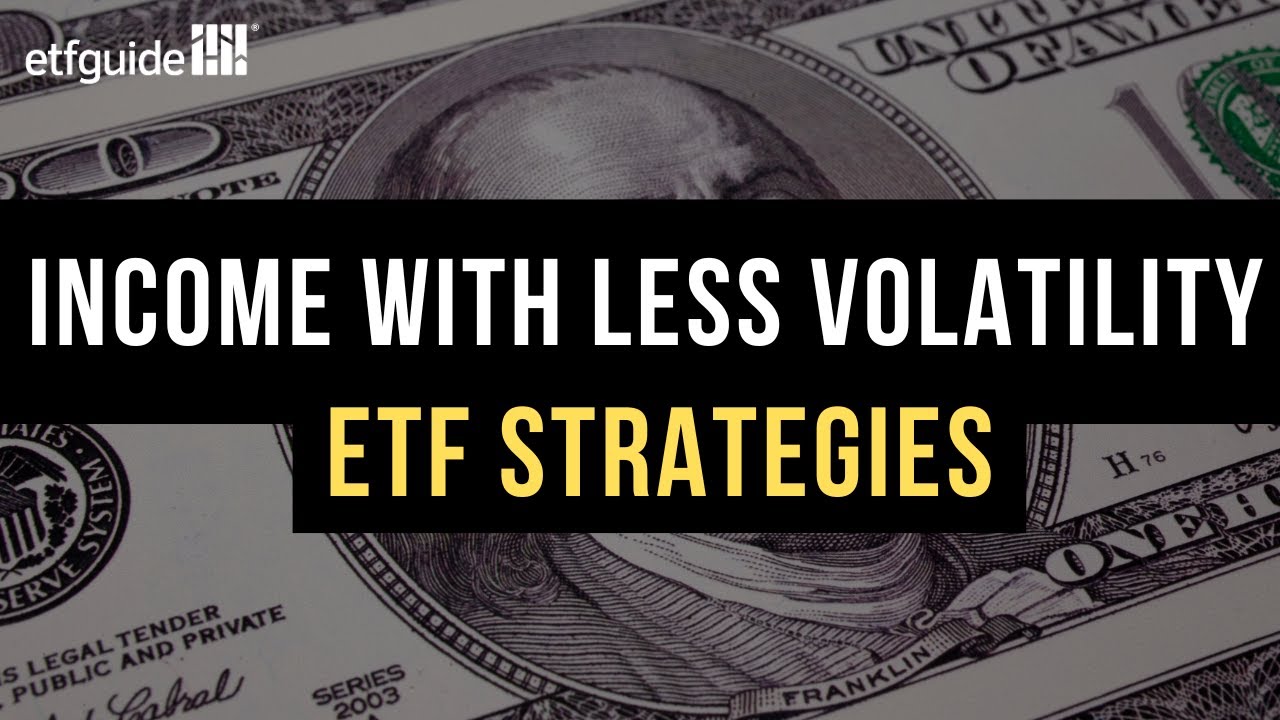Nvidia's Stock and Business: How Did I Do With My 5-Year Predictions Made in 2020?
In March 2020, I outlined where I thought tech giant Nvidia's business and stock would be in five years, or in March 2025. It's now a little past the five-year mark, so how did I do?Overall, I'd give myself a B or a B+. I was mostly correct in my business predictions and accurate about what investors care about the most, the stock price: "I feel very comfortable predicting that Nvidia stock will solidly outperform the market over the next half decade," I wrote.Indeed, from March 1, 2020 (when my five-year predictions article published) through March 1, 2025, Nvidia stock's total return was 1,760% -- nearly 15 times the S&P 500's return of 118%. In other words, Nvidia stock turned a $1,000 investment into a whopping $18,600 over this five-year period. (Nvidia stock's five-year return through the date of this writing, June 4, is a little lower, as the chart below shows. Shares are up since March 1; it's the change in the 2020 start date that slightly lowers their current five-year return.)Continue reading

In March 2020, I outlined where I thought tech giant Nvidia's business and stock would be in five years, or in March 2025. It's now a little past the five-year mark, so how did I do?
Overall, I'd give myself a B or a B+. I was mostly correct in my business predictions and accurate about what investors care about the most, the stock price: "I feel very comfortable predicting that Nvidia stock will solidly outperform the market over the next half decade," I wrote.
Indeed, from March 1, 2020 (when my five-year predictions article published) through March 1, 2025, Nvidia stock's total return was 1,760% -- nearly 15 times the S&P 500's return of 118%. In other words, Nvidia stock turned a $1,000 investment into a whopping $18,600 over this five-year period. (Nvidia stock's five-year return through the date of this writing, June 4, is a little lower, as the chart below shows. Shares are up since March 1; it's the change in the 2020 start date that slightly lowers their current five-year return.)





